 W
WJavier Álvarez Fuentes is a Mexican composer who is known for creating works that combine a variety of international musical styles and traditions that often utilize unusual instruments and new music technologies. According to composer John Adams, "The music of Javier Alvarez reveals influences of popular cultures that go beyond the borders of our own time and place." Álvarez is one of the best-known Mexican composers of his generation and many of the works in his prolific oeuvre combine music technology with diverse instruments and influences from around the world.
 W
WMiguel Bernal Jiménez was a Mexican composer, organist, pedagogist and musicologist.
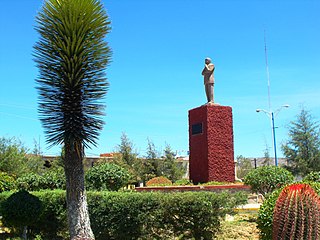 W
WJulián Carrillo Trujillo was a Mexican composer, conductor, violinist and music theorist, famous for developing a theory of microtonal music which he dubbed "The Thirteenth Sound".
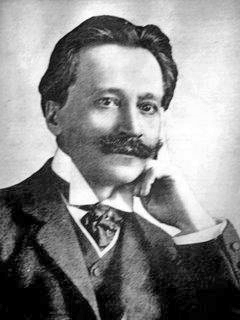 W
WRicardo Castro Herrera was a Mexican concert pianist and composer, considered the last romantic of the time of Porfirio Díaz.
 W
WDaniel Catán was a Mexican composer, writer and professor known particularly for his operas and his contribution of the Spanish language to the international repertory.
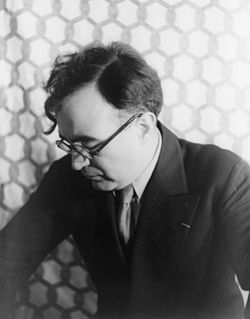 W
WCarlos Antonio de Padua Chávez y Ramírez was a Mexican composer, conductor, music theorist, educator, journalist, and founder and director of the Mexican Symphonic Orchestra. He was influenced by native Mexican cultures. Of his six symphonies, the second, or Sinfonía india, which uses native Yaqui percussion instruments, is probably the most popular.
 W
WManuel Jorge de Elías is a Mexican composer and conductor. He initially studied under his father, composer Alfonso de Elías, and then studied under Marie and Karlheinz Stockhausen. He was the founder of the Music Institute at the University of Veracruz, which was established in 1975. In 1988, he founded the Jalisco Philarmonic Orchestra. He directed the Las Rosas Conservatory in Morelian in 1990-91. In 1992 he was awarded the National Prize for Arts and Sciences of Mexico.
 W
WRosa Guraieb Kuri was a Mexican pianist, music educator and composer of Lebanese ancestry. She was born in Matías Romero, Oaxaca, Mexico, and studied in Beirut with Michel Cheskinoff at the National Conservatory. She continued her education in Mexico with José Pablo Moncayo and Salvador Ordones Ochoa at the Conservatory of Mexico, then at Yale University and in Bayreuth, Germany.
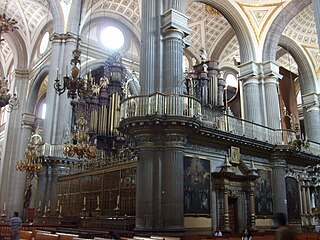 W
WJuan Gutiérrez de Padilla was a Spanish-Mexican composer of the Renaissance period.
 W
WAna Lara is a Mexican composer.
 W
WMario Lavista is a Mexican composer, writer and intellectual.
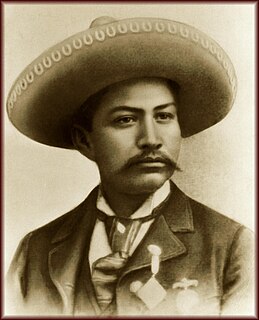 W
W W
WEnrico Lopez-Yañez is the principal pops conductor of the Nashville Symphony.
 W
WArturo Márquez Navarro is a Mexican composer of orchestral music who uses musical forms and styles of his native Mexico and incorporates them into his compositions.
 W
WJosé Pablo Moncayo García was a Mexican pianist, percussionist, music teacher, composer and conductor. "As composer, José Pablo Moncayo represents one of the most important legacies of the Mexican nationalism in art music, after Silvestre Revueltas and Carlos Chávez." He produced some of the masterworks that best symbolize the essence of the national aspirations and contradictions of Mexico in the 20th century.
 W
WMelesio Morales was a Mexican composer.
 W
WSamuel Conlon Nancarrow was an American-born composer who lived and worked in Mexico for most of his life. He became a Mexican citizen in 1956.
 W
WJuan Navarro of Cadiz (ca. 1550–ca. 1610) was a Franciscan friar, and composer in Mexico. He is not related to the Spanish composer Juan Navarro of Seville, Juan Navarro Hispalensis.
 W
WAniceto de los Dolores Luis Gonzaga Ortega del Villar was a Mexican physician, composer, and pianist. Although he had a distinguished career as a physician and surgeon, he is also remembered today for his 1871 opera Guatimotzin, one of the earliest Mexican operas to use a native subject. He is related to the Colonial Administrator and Archbishop of Nueva Espana, who became the Viceroy of Nueva Espana twice over. He became Conde del Peñasco by way of marriage, and was a Conde del Oploca by way of birth, amongst other titles.
 W
WCenobio Paniagua y Vásques was a Mexican composer.
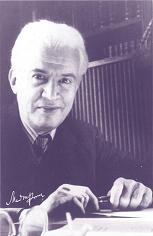 W
WManuel María Ponce Cuéllar was a Mexican composer active in the 20th century. His work as a composer, music educator and scholar of Mexican music connected the concert scene with a mostly forgotten tradition of popular song and Mexican folklore. Many of his compositions are strongly influenced by the harmonies and form of traditional songs.
 W
WSilvestre Revueltas Sánchez was a Mexican composer of classical music, a violinist and a conductor.
 W
WMarcela Rodríguez is a Mexican composer.
 W
WJosé Juventino Policarpo Rosas Cadenas was a Mexican composer and violinist.
 W
WAlicia Urreta was a Mexican pianist, music educator and composer.
 W
WFelipe de Jesús Villanueva Gutiérrez was a Mexican violinist, virtuoso pianist and composer. Villanueva remains one of the most well-known figures of the Mexican musical romanticism – flourishing during the historical period known in Mexico as the Porfiriato.